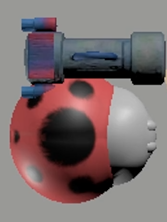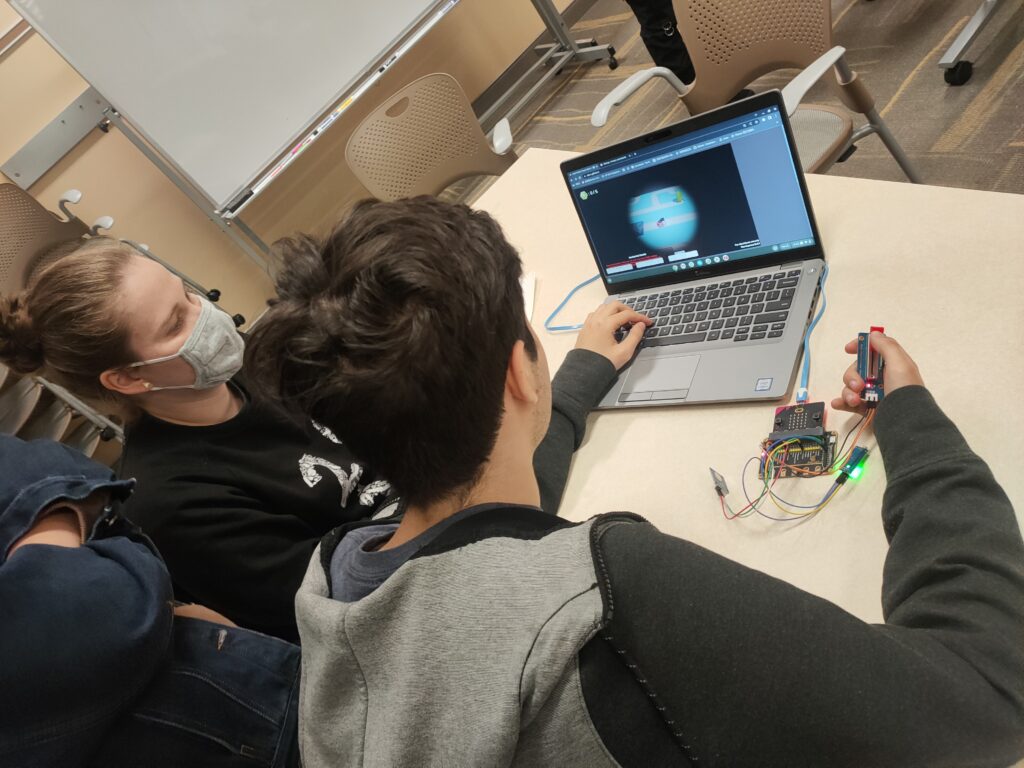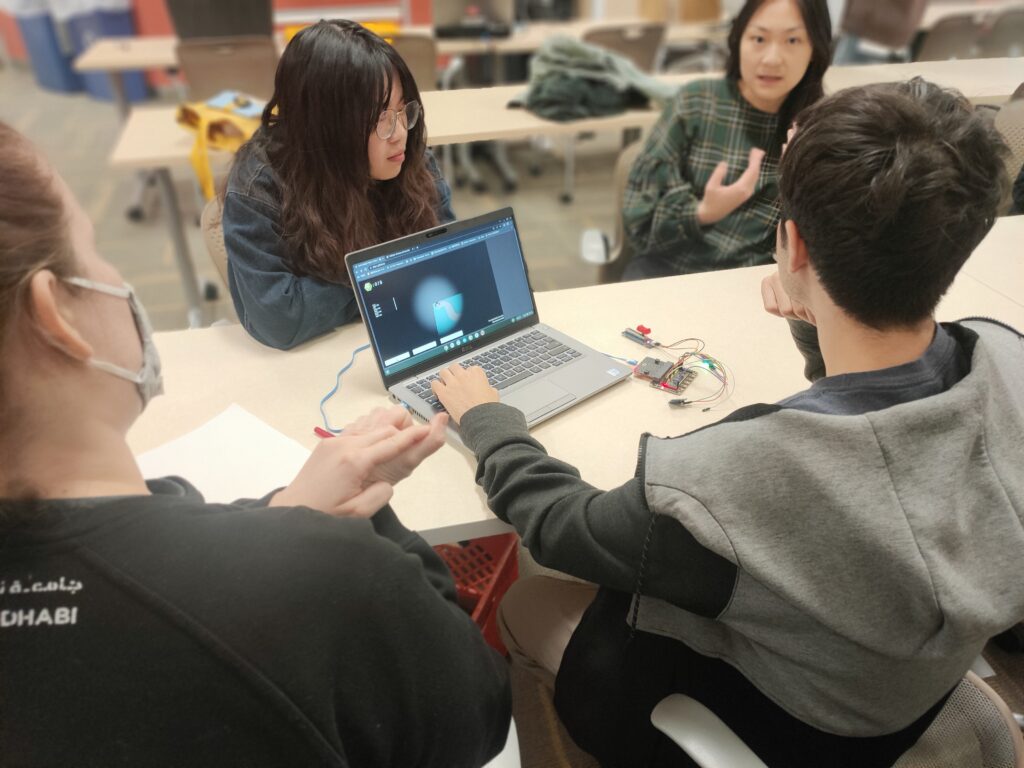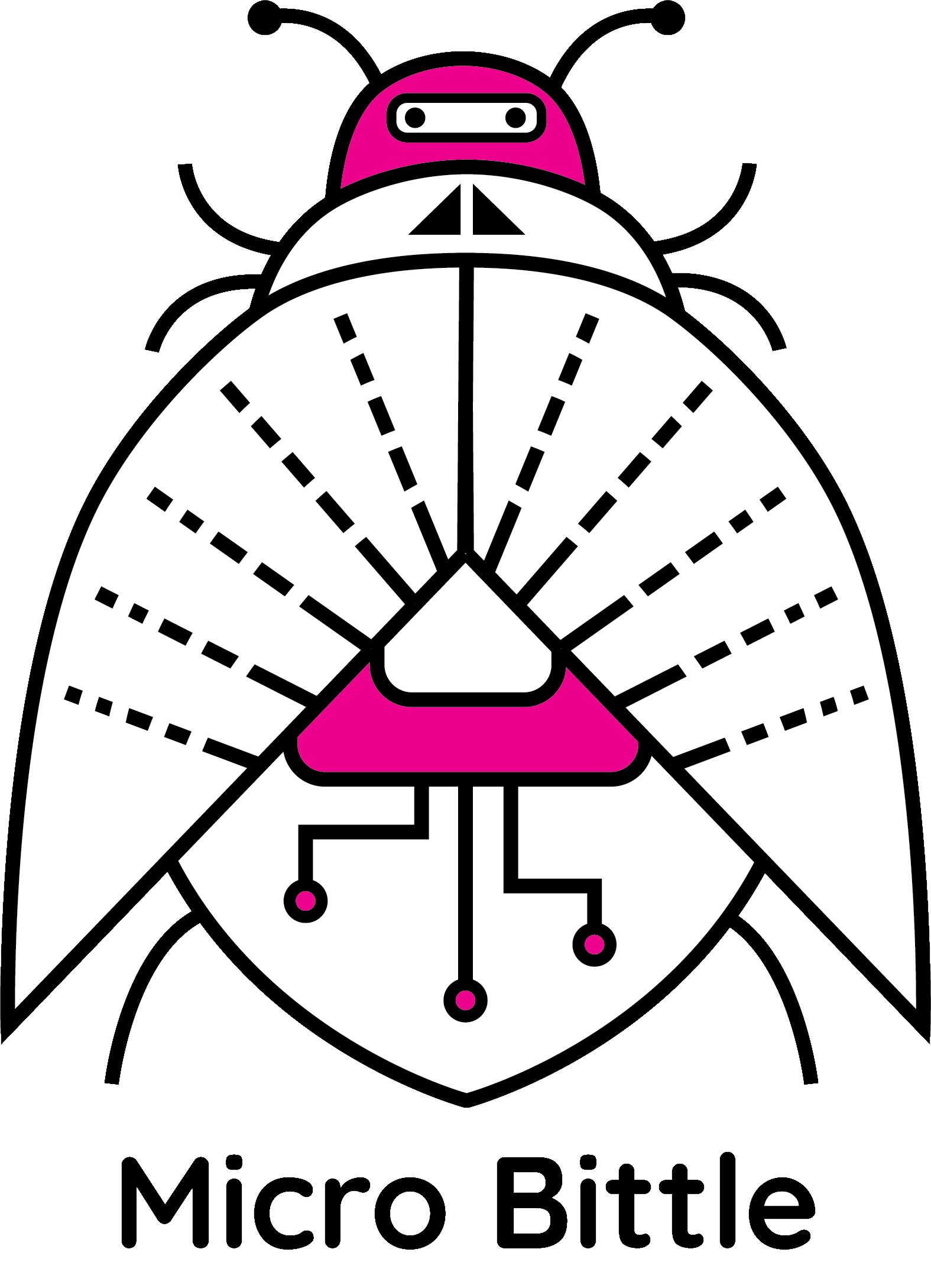So much happened this week! We worked on getting an as-polished-as-possible version of our maze gameplay, and playtested a few times throughout the week to get feedback and pinpoint any issues on this section of our game. We also had a couple of important meetings that were very informative for the project – great week overall!
Maze Gameplay
The demo video below shows the initial moments of three of our four defined maze gameplays (for Story Mode and Play Mode of our game). The demos were developed by our programmers using our artist’s assets and some placeholder found ones, incorporating most of our designer’s work.
The team couldn’t complete the demos for all four defined mazes at the beginning of this week, which was our goal, and we found a few bugs and redesign priorities as we playtested. But going through this process was very helpful to us as we get close to the end of the semester.
The main issue we had to face was the conceptual and practical application of the jackhammer and slider combination for our “tutorial” maze (in Story Mode). The mechanic we chose for the slider to control the jackhammer wasn’t intuitive to those who tried our game, it gave way to latency issues between hardware and software, and had not good options to implement immediate feedback for the player (about whether or not their slider movement worked to use the jackhammer and break a rock).
Based on this, we decided to restructure our sensor/controller, device, and obstacle combinations. The team discussed different options, ranging from using a ladder to break a large rock (moving the slider to go up and down the ladder) to using a chainsaw to cut a tree stump (we had to reach out to Lou about the appropriateness of a chainsaw in an educational game). Thankfully, we ended up with a solution that satisfied our client, our instructor, and us.
We decided to have students create a “power log” in Story Mode, a wooden log with technologically-enhanced strength to break obstacle walls along the maze path. As students move the slider to the front and back, the power log moves in the same way to hit the wall. We kept the jackhammer for Play Mode, but it will now be controlled by a knob potentiometer. When the player encounters a rock obstacle, they will see 3 rocks in the maze path, and must use the knob potentiometer to break them by moving it within 3 ranges of values (values in the lowest range break the left rock, values in the highest range break the right rock, and any other value breaks the center rock).

Playtesting
We playtested 3 times this week, in different locations and with different demographics and group sizes.
- On Tuesday, we tested our maze demos at CMU’s main campus with a Computer Science undergraduate student. We attended Playtest Night, organized to help ETC, IDeATe, and HCII students playtest their projects.
- On Wednesday, John Dessler (our recently-assigned faculty consultant) visited our project room and tried the demos as well.
- On Friday, some of our team members traveled to West Liberty University to playtest the demos with eight 4th – 7th graders.


These sessions helped us realize we needed to come up with something different for Story Mode (which ended up being the power log), but they also showed us how players reacted to different feedback (sound cues, light changes, etc.), character movement, the use of the different sensors/controllers, etc. Redesigns and improvements were implemented as a result.
Meetings
Finally, a couple of exciting (virtual) meetings happened this week! The first took place with Lou’s WLU Arts Integration class, which met on Thursday morning. Lou invited our team to join the session to talk about our project with her students. This gave us the opportunity to present our work to future educators and to get their feedback and thoughts on our project, in general, and more specifically on the first draft of our teacher guide (which we showed them).
At noon of the same day, we met with Stefanie Garcia, who’s an Outreach Coordinator for Diversity, Equity, and Inclusion at CMU (College of Engineering). Stefanie is an engineer with experience teaching STEM subjects to school students, and she has worked with the micro:bit before. She very kindly allowed our team to ask her questions about her work and experience, and offered advice for our project.
